About the Common
What is Rede Common?
The common is known locally as Sandy Banks. This is due to the underlying Thanet Beds. Rede Common Nature Reserve totals eleven hectares of open space on the doorstep of many Strood residents. Grazing, arable and market gardening took place on this former farmland. The common is now an area of open grasslands surrounded by scrub and trees.
“Rede Common has been one of the best kept secrets in Strood”
Kelly Tolhurst MP
Farmland
It is a long-cherished view of the community that the land which now comprises Rede Common was left to them for their enjoyment and should be preserved intact. Prior to it’s sale in 1946 by the Diocese of Rochester to the Medway Council, the land was tenanted by a farmer, Mr Ballard. He loved it’s superb location on the top of the Downs overlooking the City and Pool of Rochester. The views from the ridge stretch all the way round the compass from Grain in the east, past Sheppey, over the entire Medway Towns. As well as across Burham Downs and the hills surrounding Maidstone to the south, and Cobham Woods to the west. Perhaps Mr Ballard wanted the local population to share his delight in the vista, because it’s use for pleasure was stipulated at the time of sale.




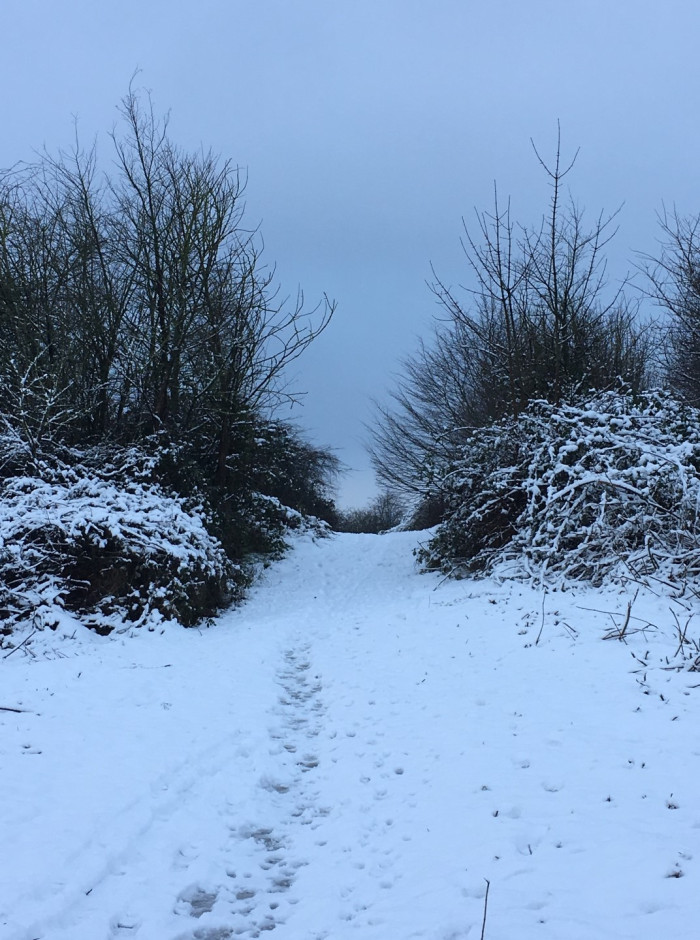
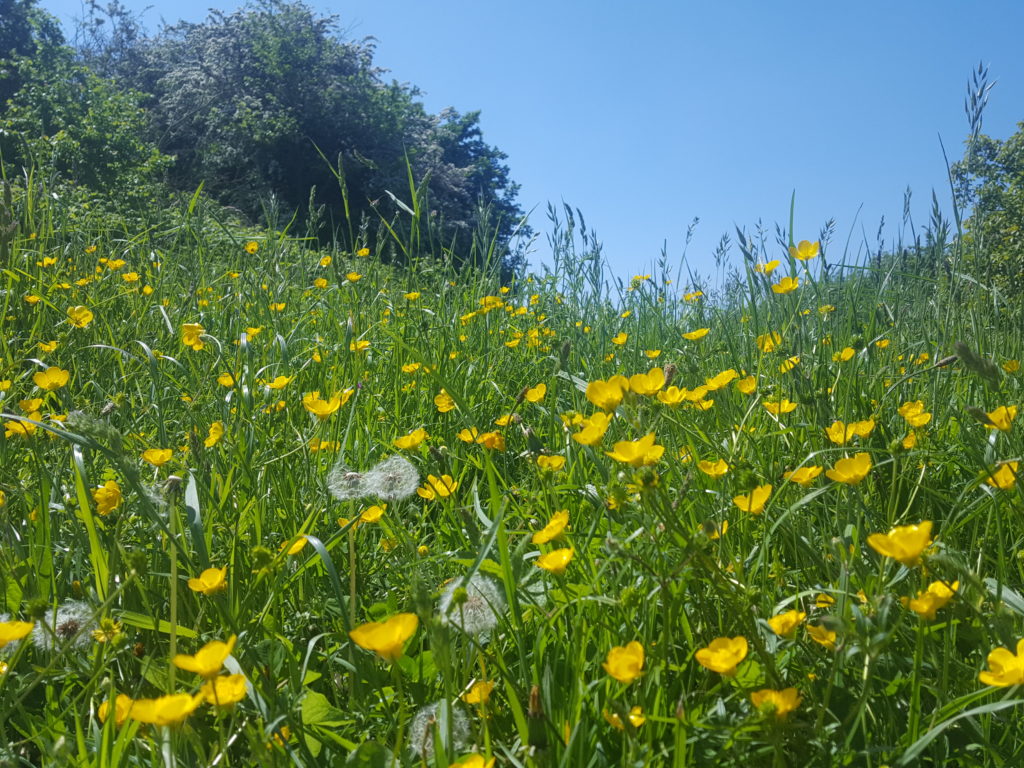
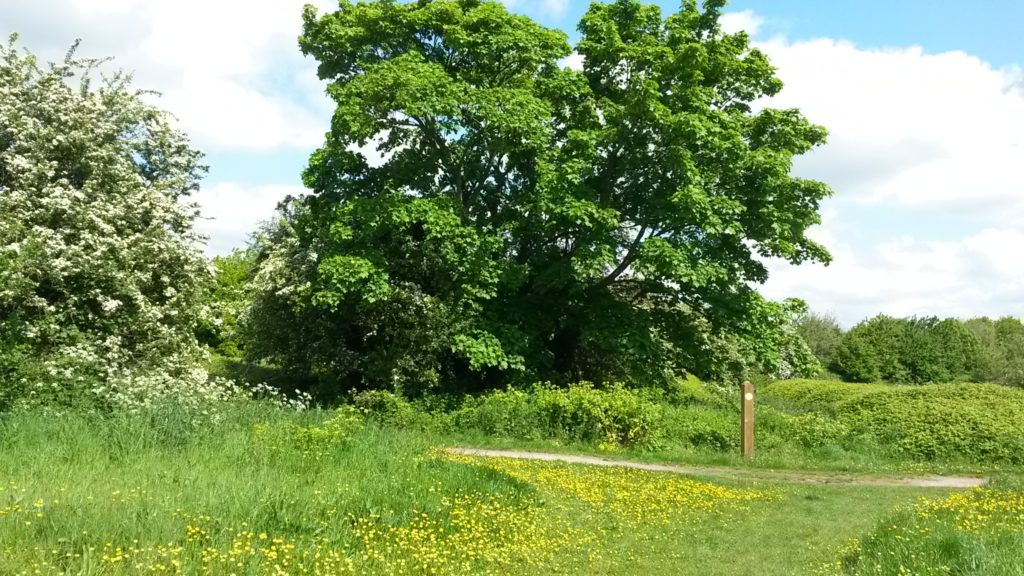
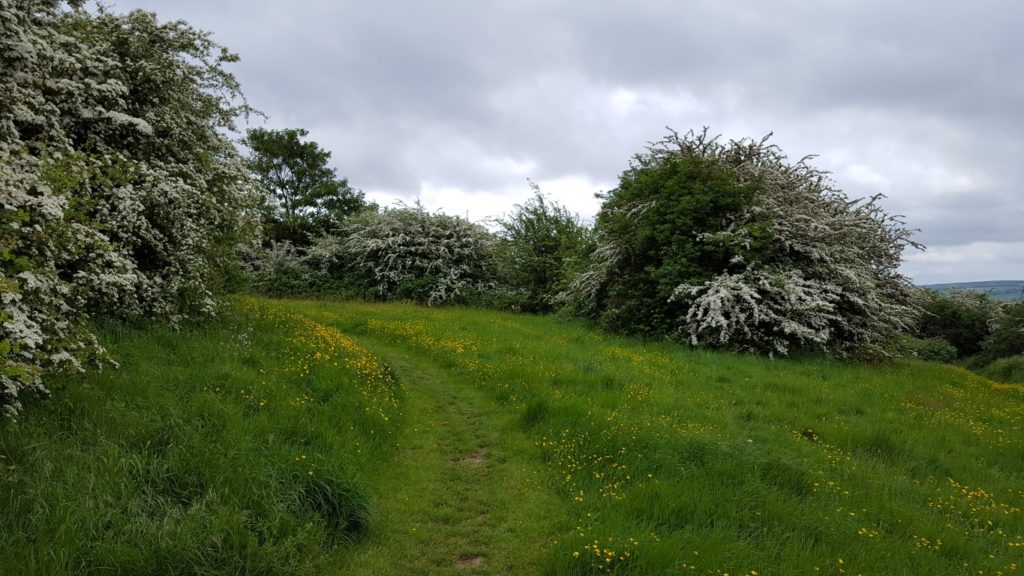
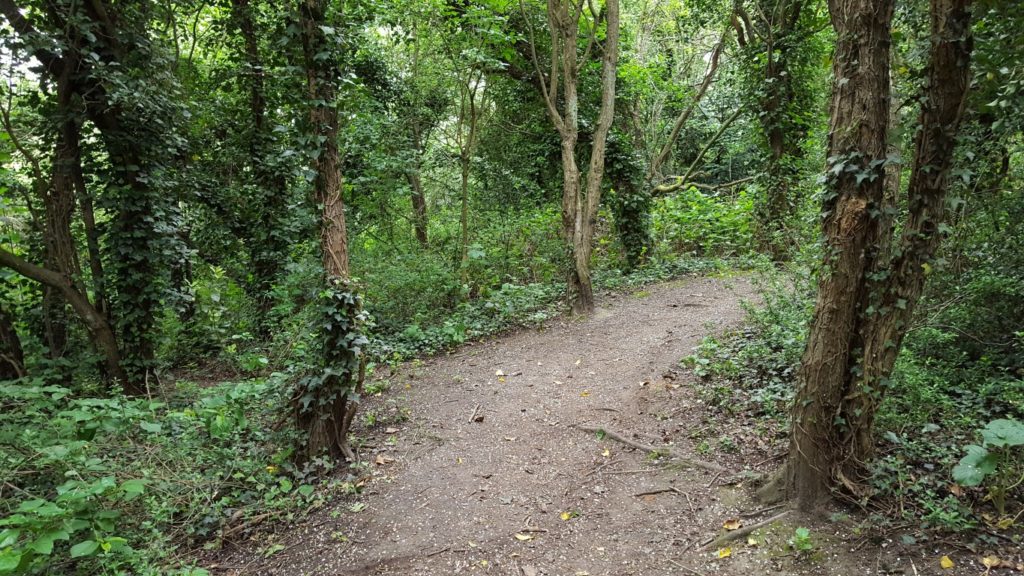
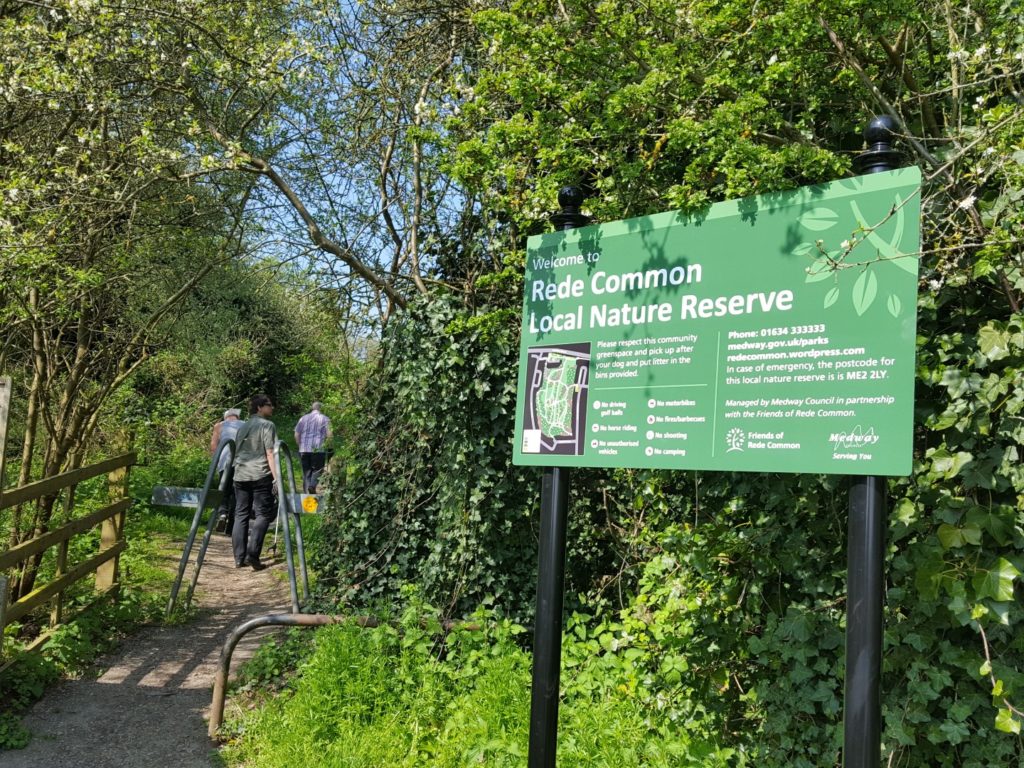
However in 1946, there was enormous pressure for new development. The Medway Towns had been bombed heavily in World War II, and the need for housing was great. Italian prisoners of war built the houses surrounding the land in Carnation, Columbine and Hyacinth Roads. The fields were left to run wild, with a mere annual cut to keep them under control. Wildlife such as hares, skylarks, partridges and pheasants were abundant. Sadly their populations declined in the years immediately after the houses were built. This was possibly due to an increasing use of the land by dog walkers and children.
Housing Development
Over the years, the hawthorn hedges dividing the four fields thickened. Elms took hold, and so did Dogwood, Field Maple, Horse Chestnut, Goat Willow and Ashes. There were also apples, pears, plums, Damsons, Elder, Alder, Beeches, Birches, and many other trees indigenous to North Kent Downs.
Undoubtedly there is a strong sense among the local community that Rede Common is suffering from the stranglehold of new housing developments and new transport links. It is the last remaining open space in this part of Strood and, indeed, the only one left in a wild state. Council planned to permit the building of fifteen houses on one side of the Common in 1997. The community resisted this. In the end, however, a compromise had to be reached. In exchange for the communities consent to the fifteen houses, the Council agreed to preserve the rest of the land as a public open space. They built the houses in such a way so that they blocked off any further developments.
Present Day
Furthermore in 2018 Rede Common was designated as a Local Nature Reserve. Friends of Rede Common strive to maintain the common for the benefit of the whole community.
Indeed you can find Rede Common by entering any of the entrances on Thurston Drive, Columbine Close, Hyacinth Road or Carnation Road. There is no parking on site. You will need to park on the street and walk in.
At this time we are fundraising for disabled access on to the site.
